I want to use alignmentGuide to align center a Text view in ZStack to implement view as bellow, blue block is align traling, Text "abc" and "123" is align center of view.
My code is as bellow:
extension HorizontalAlignment {
private enum MyHorizontalAlignment : AlignmentID {
static func defaultValue(in d: ViewDimensions) -> CGFloat {
return d[HorizontalAlignment.center]
}
}
static let myHorizontalAlignment = HorizontalAlignment(MyHorizontalAlignment.self)
}
extension Alignment {
static let myAlignment = Alignment(horizontal: .myHorizontalAlignment, vertical: .center)
}
struct ContentView: View {
var body: some View {
VStack() {
VStack() {
ZStack(alignment: .myAlignment) {
Rectangle()
.foregroundColor(.gray)
.frame(height: 100)
.padding(.horizontal, 20)
VStack() {
Rectangle()
.frame(width: 100, height: 30)
.foregroundColor(.blue)
//Text("12345678")
.alignmentGuide(.myHorizontalAlignment) { d in
d.width/2.0 - (160-100)/2.0
}
HStack() {
Text("123")
Text("456")
}
}
}
}
.frame(width: 200, height: 200)
.background(Color.gray.opacity(0.4))
}
.frame(minWidth: 0, maxWidth: .infinity, minHeight: 0, maxHeight: .infinity)
.background(Color.white)
}
}
But the "abc" and "123" in not center.
I know that it can use Spacer and offset to implement it. But how to use alignmentGuide to implement it?




